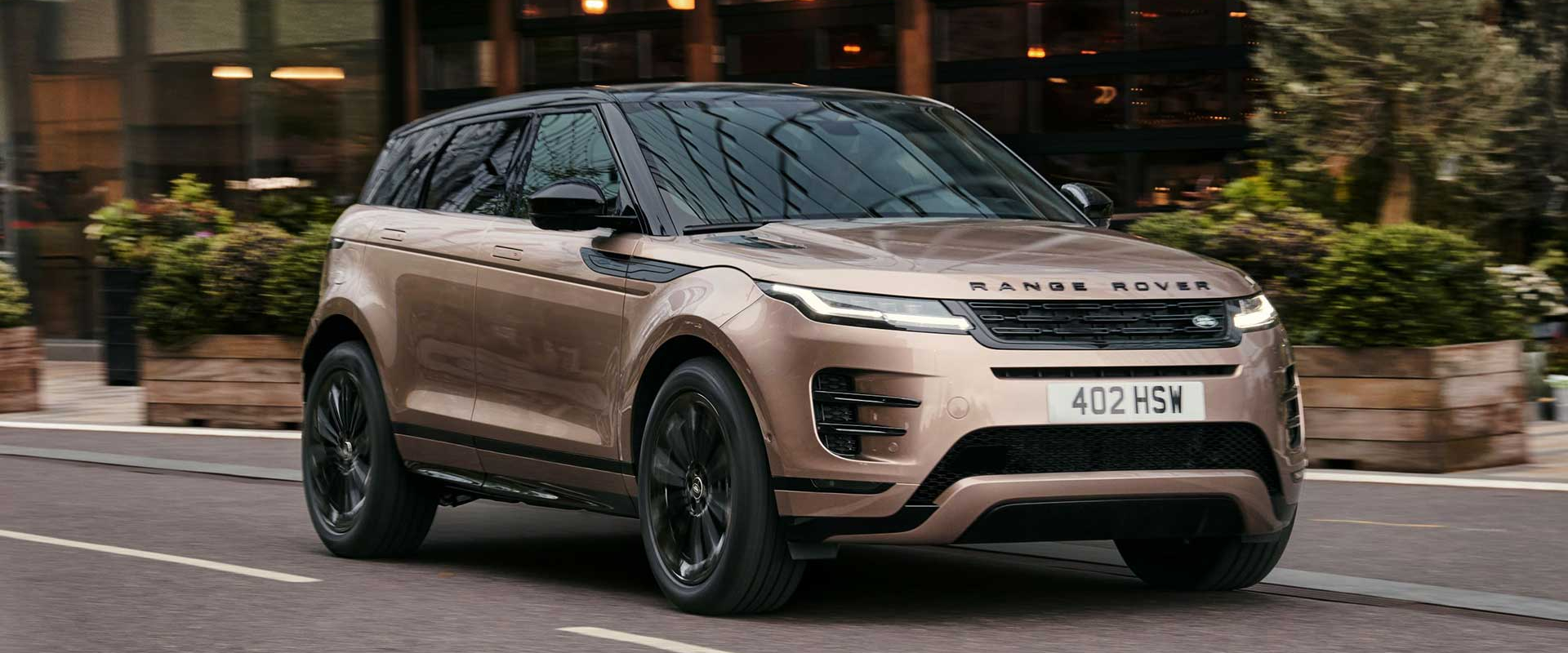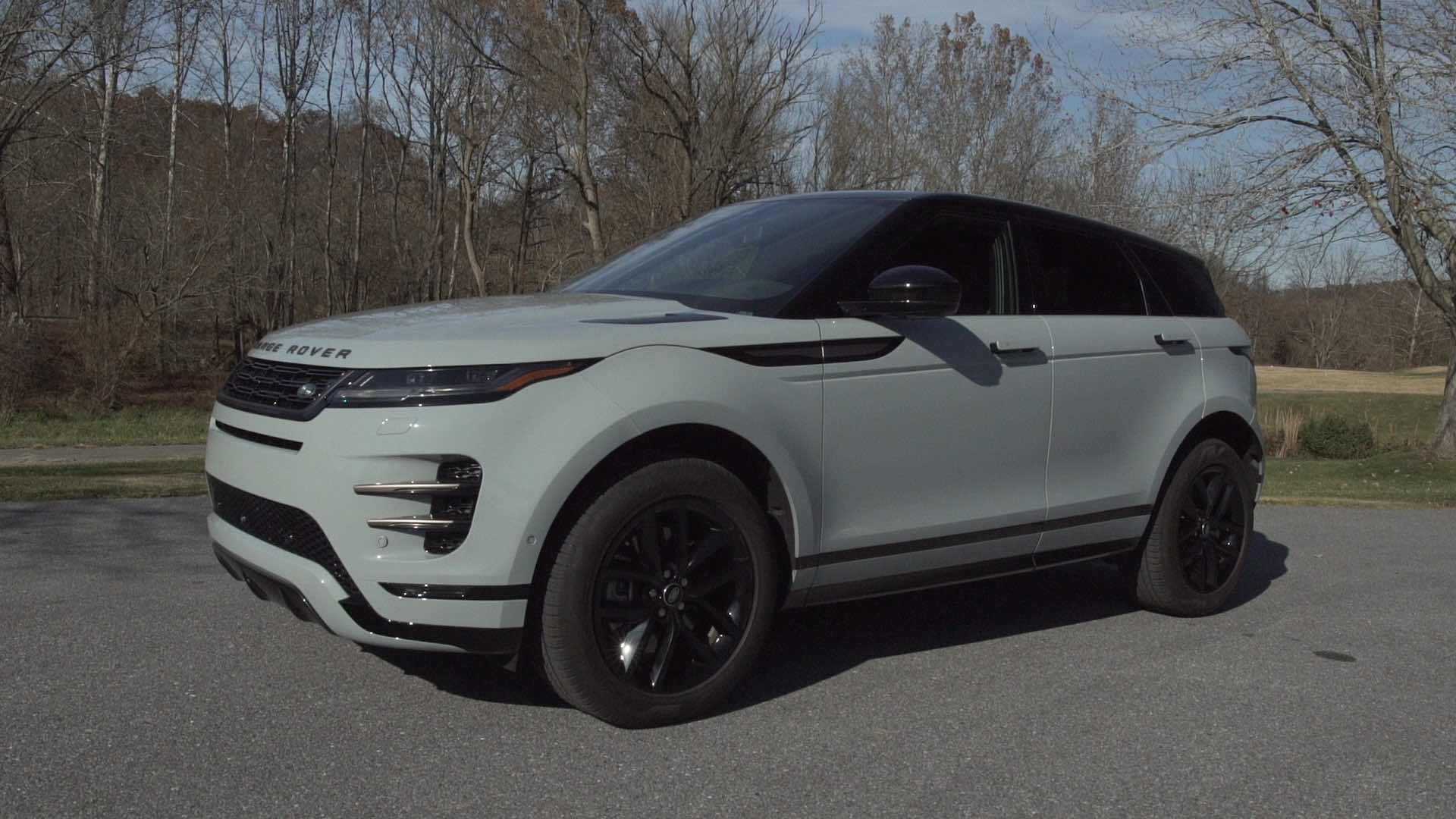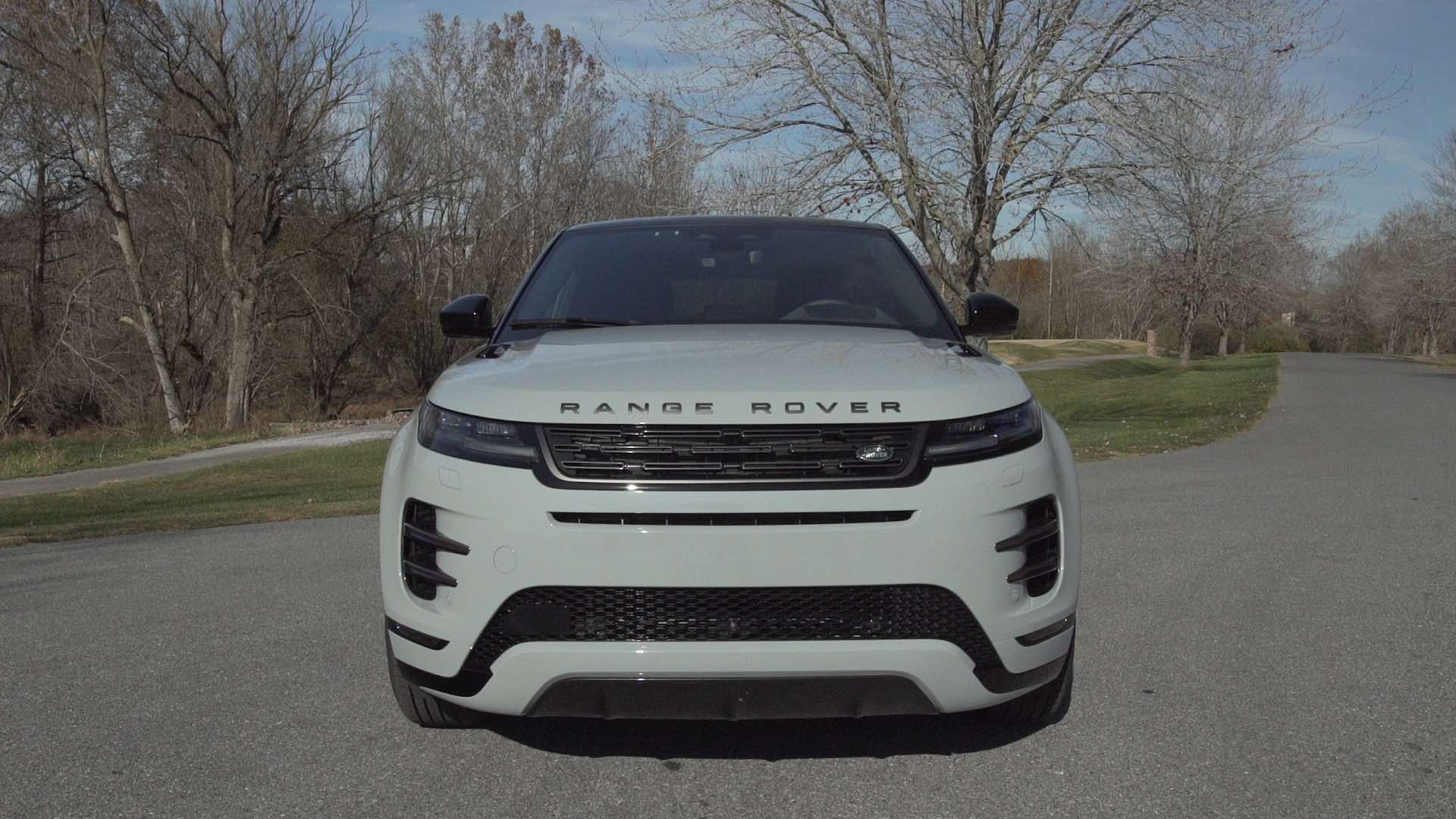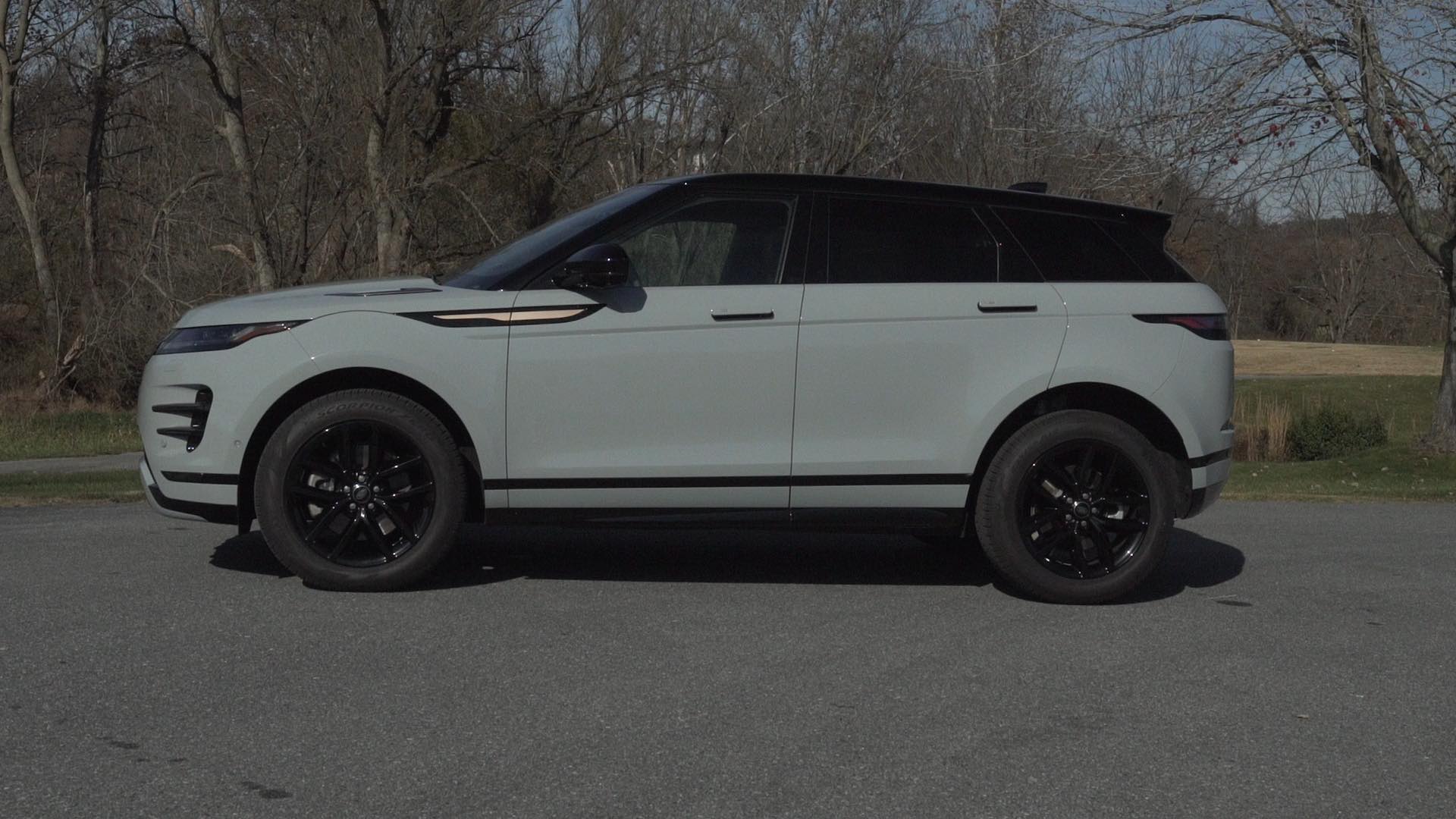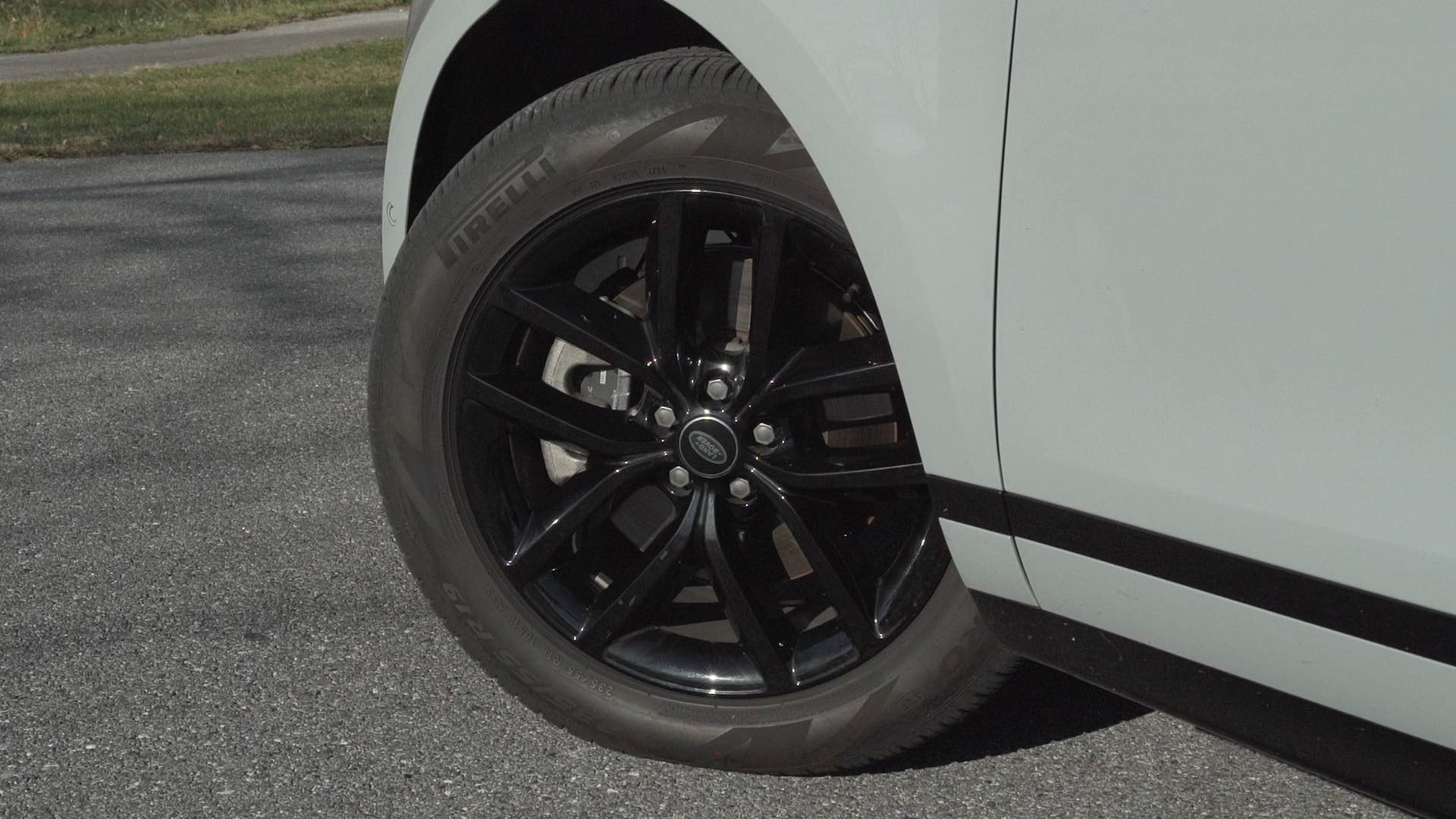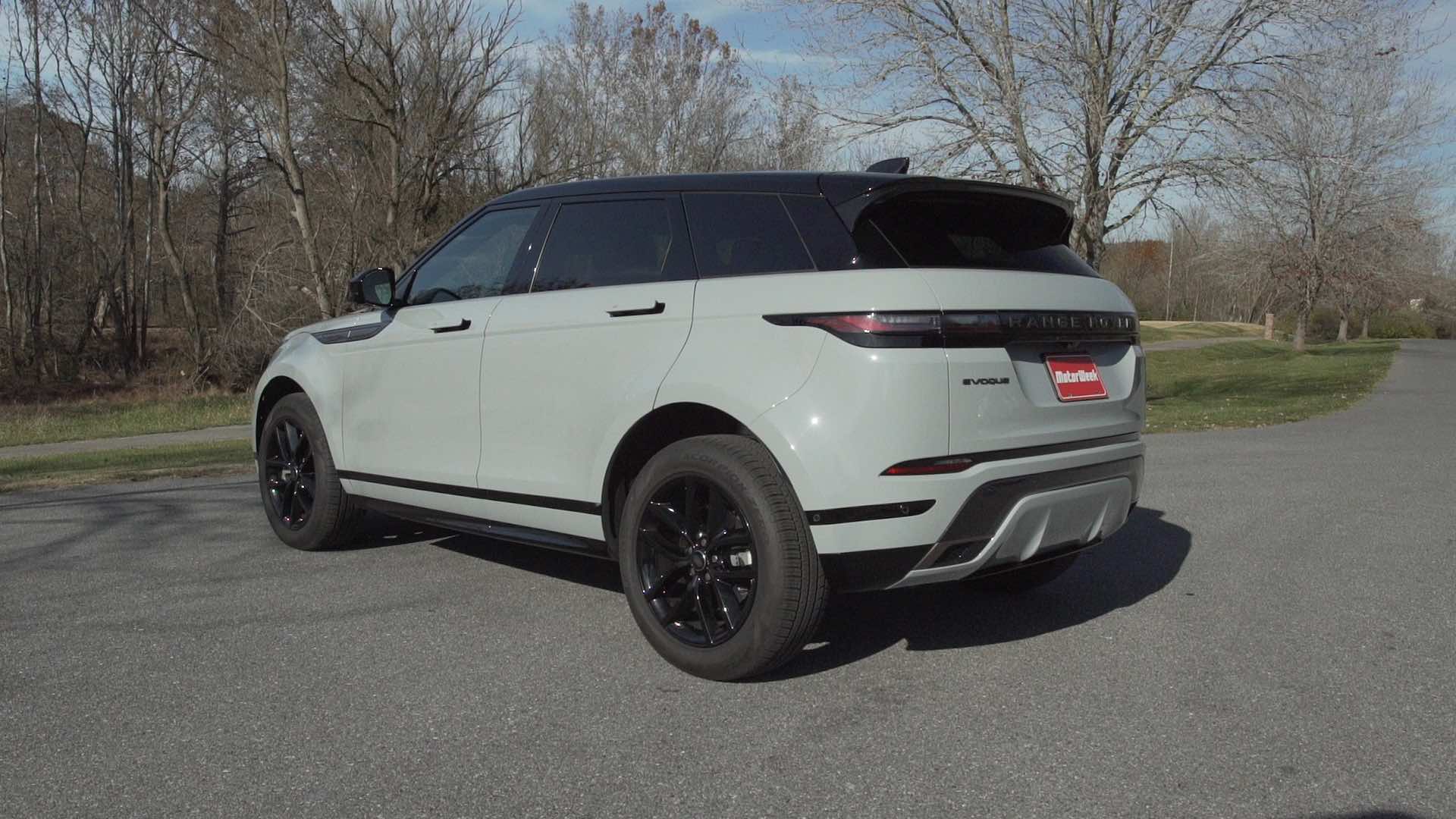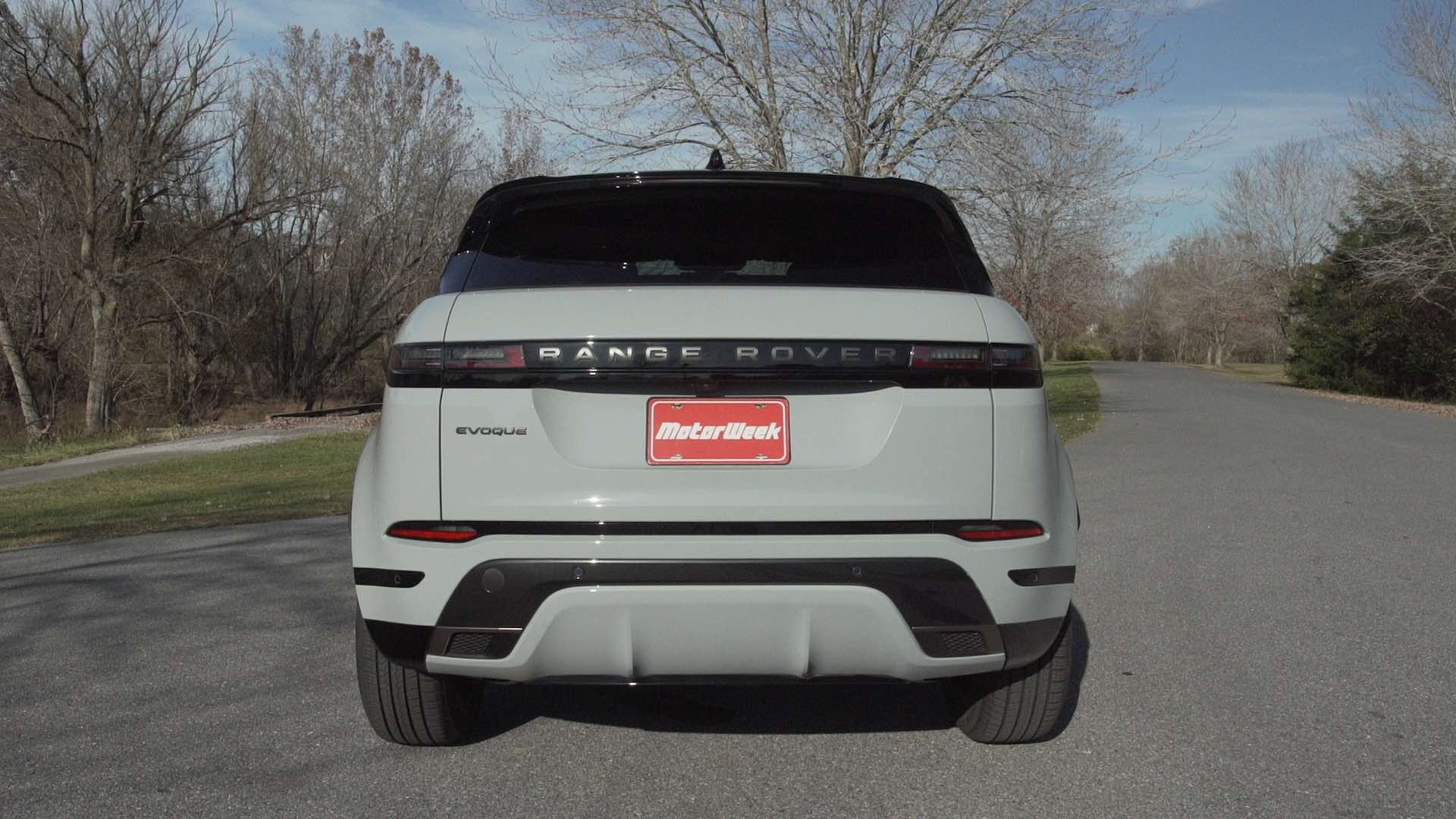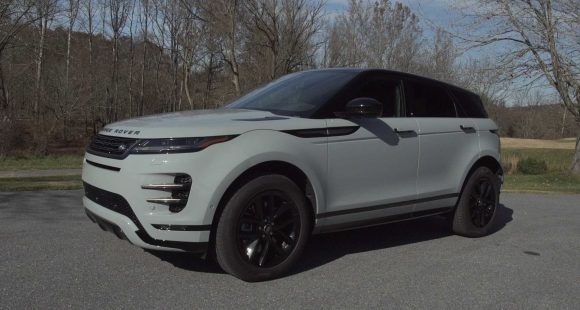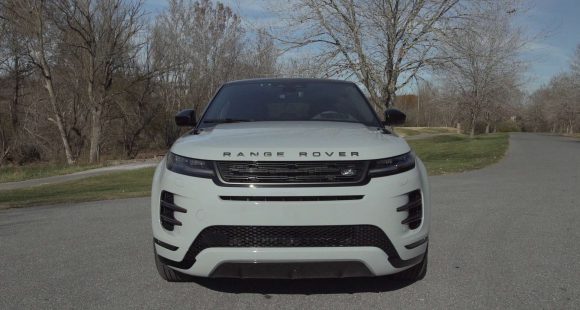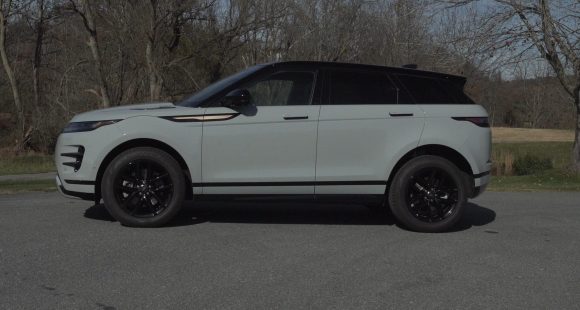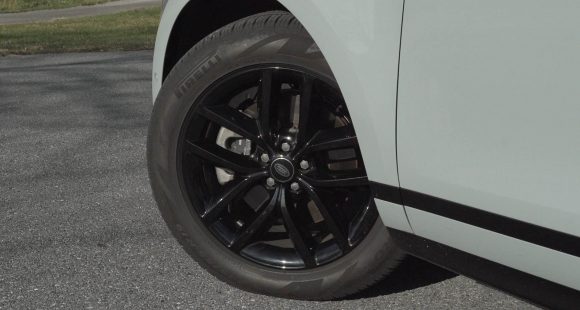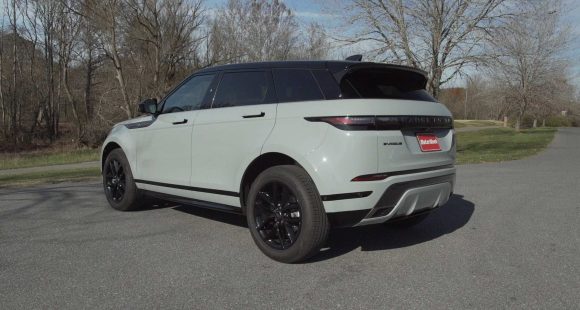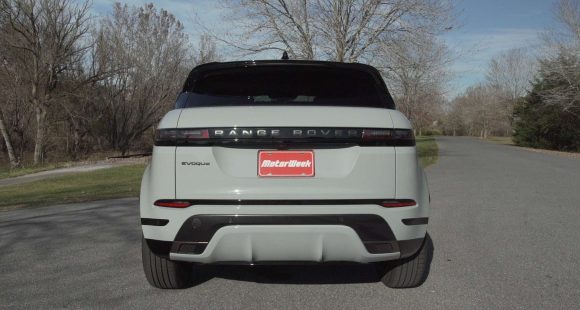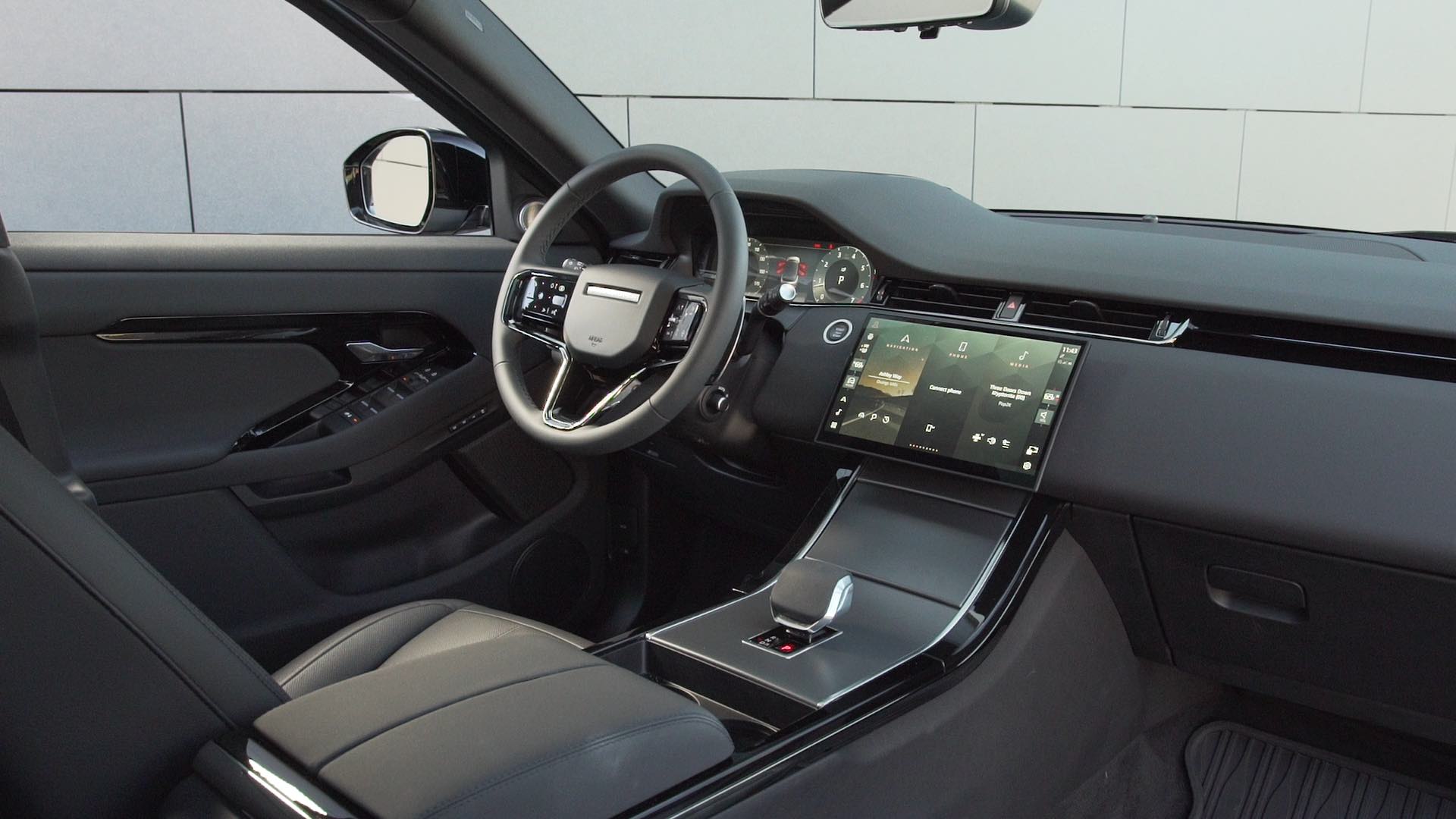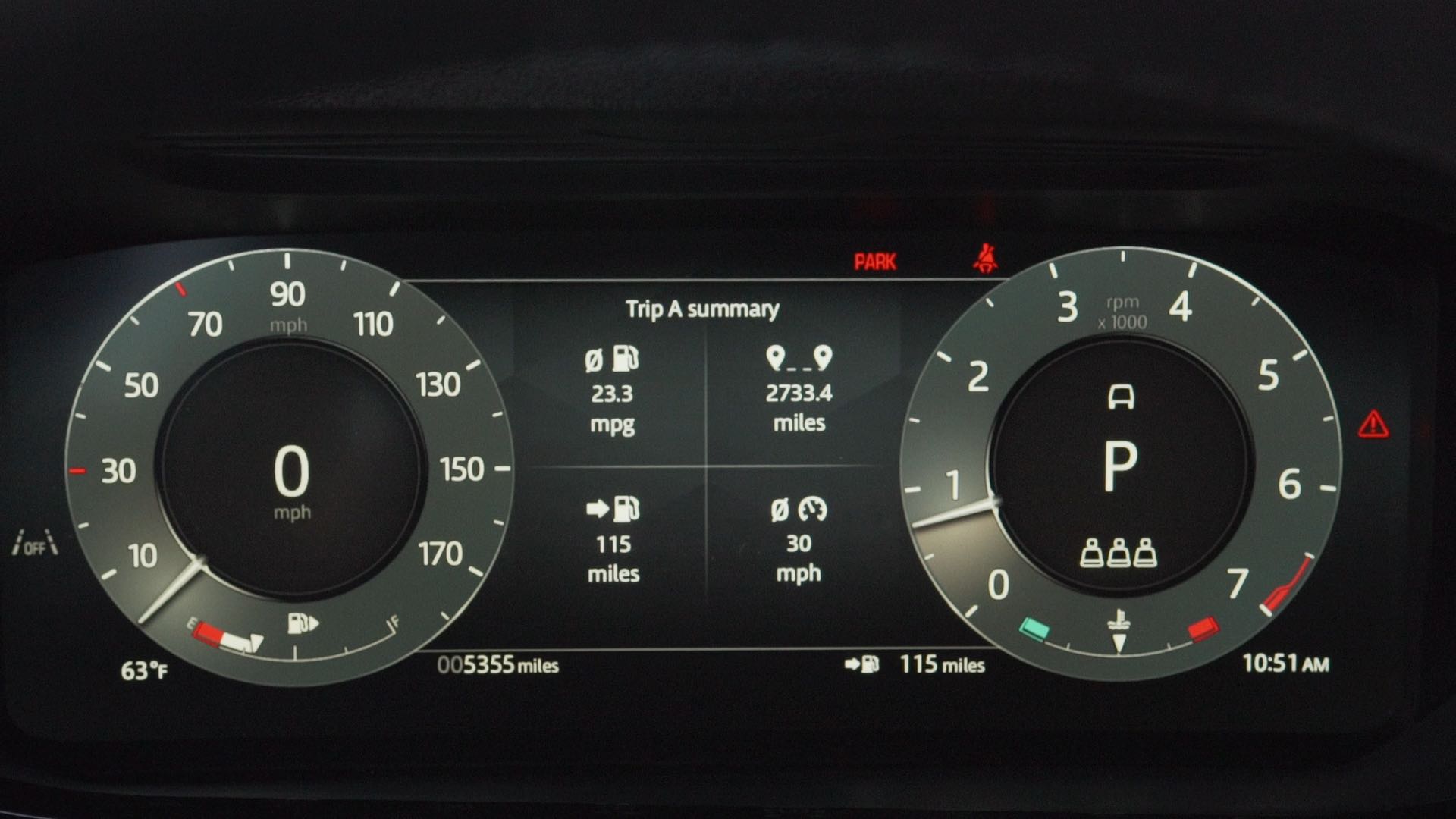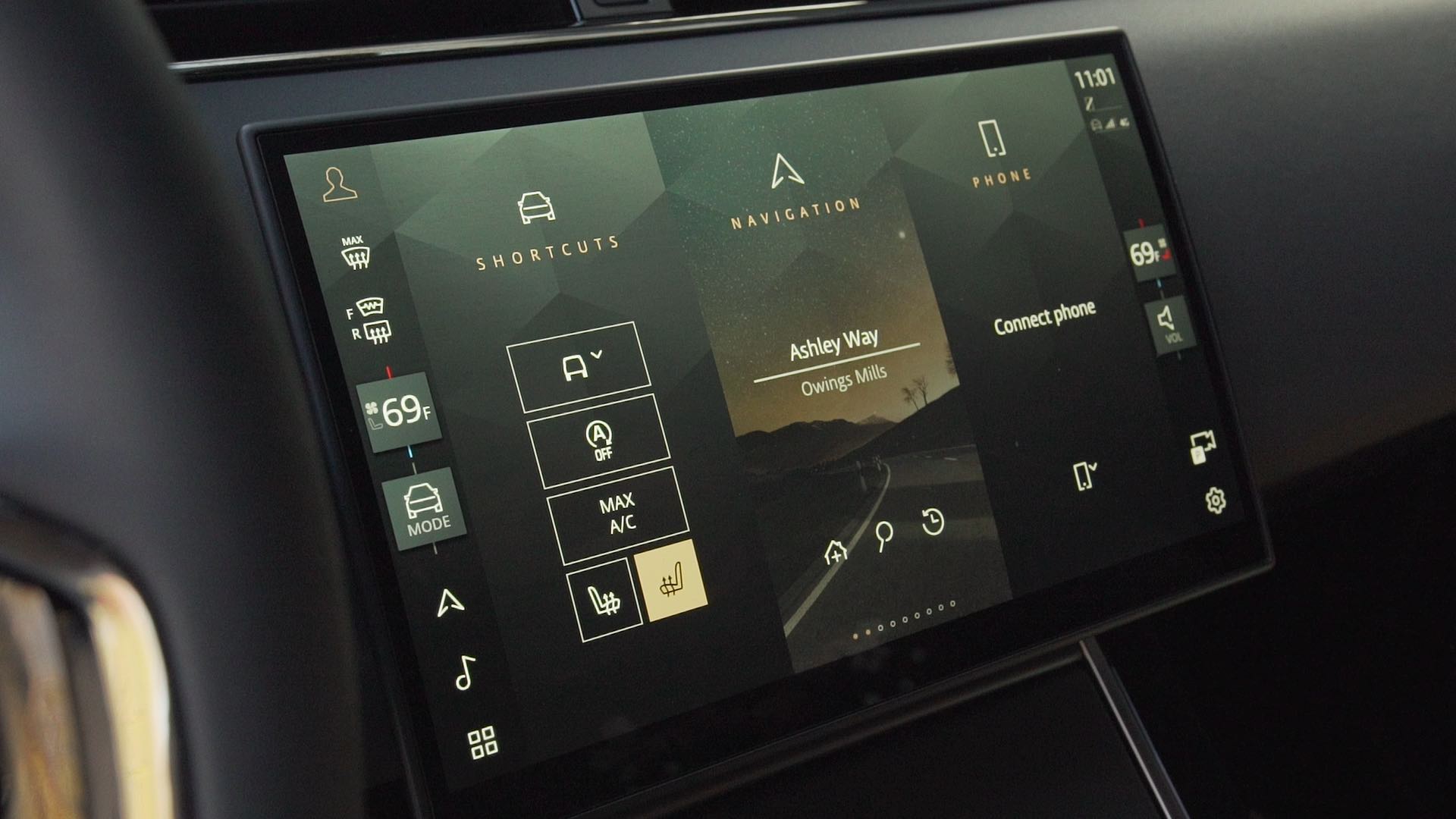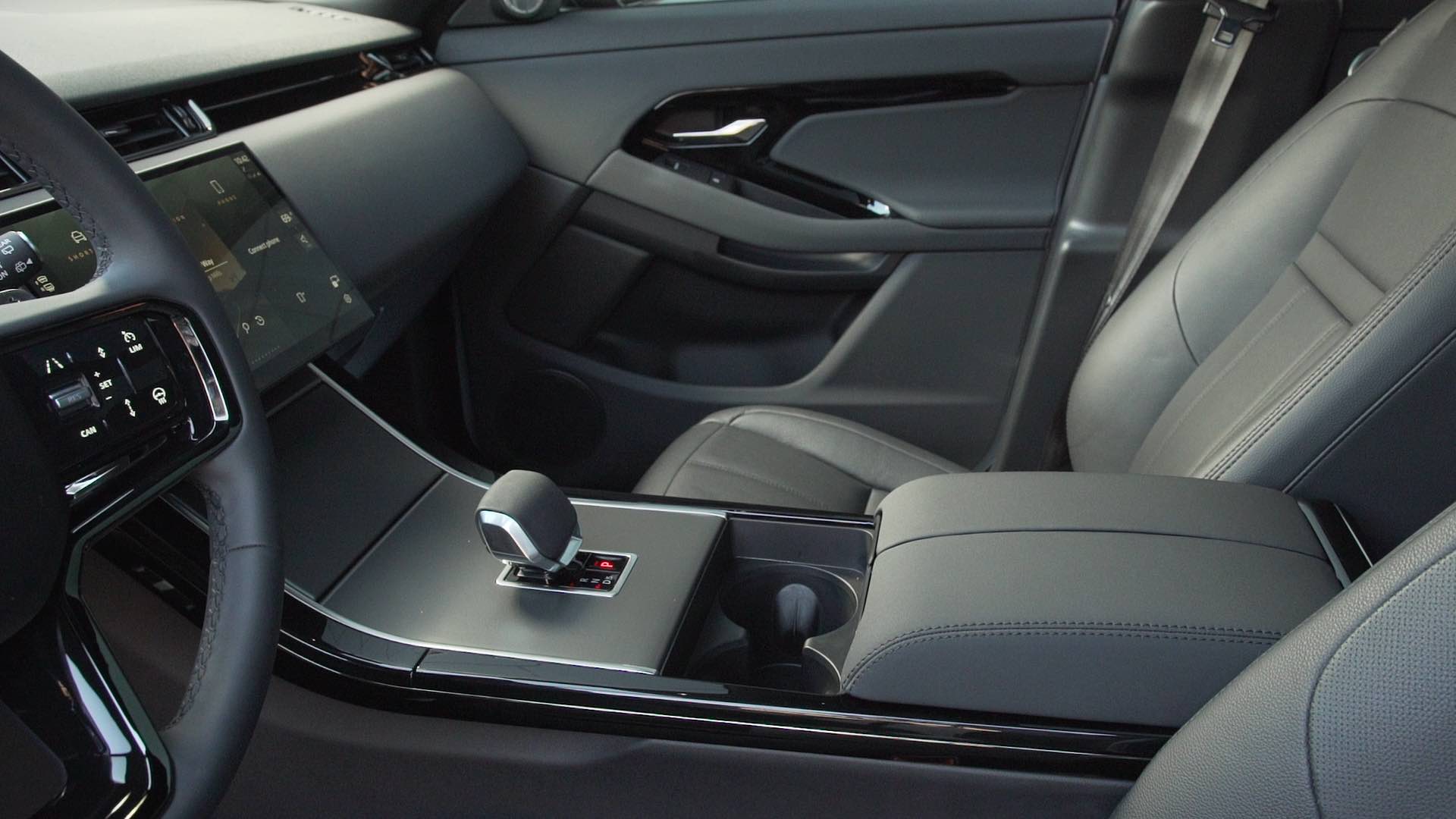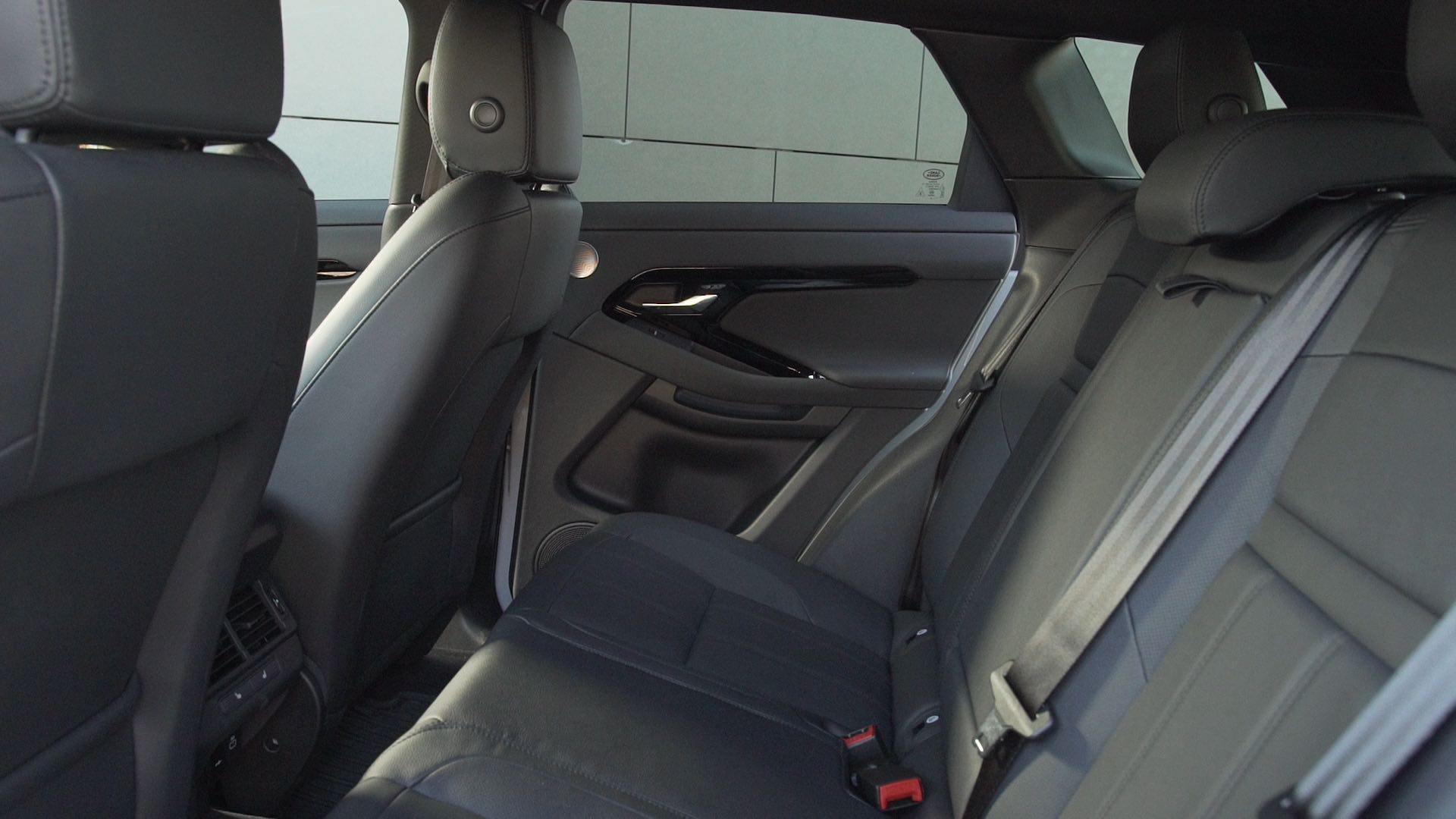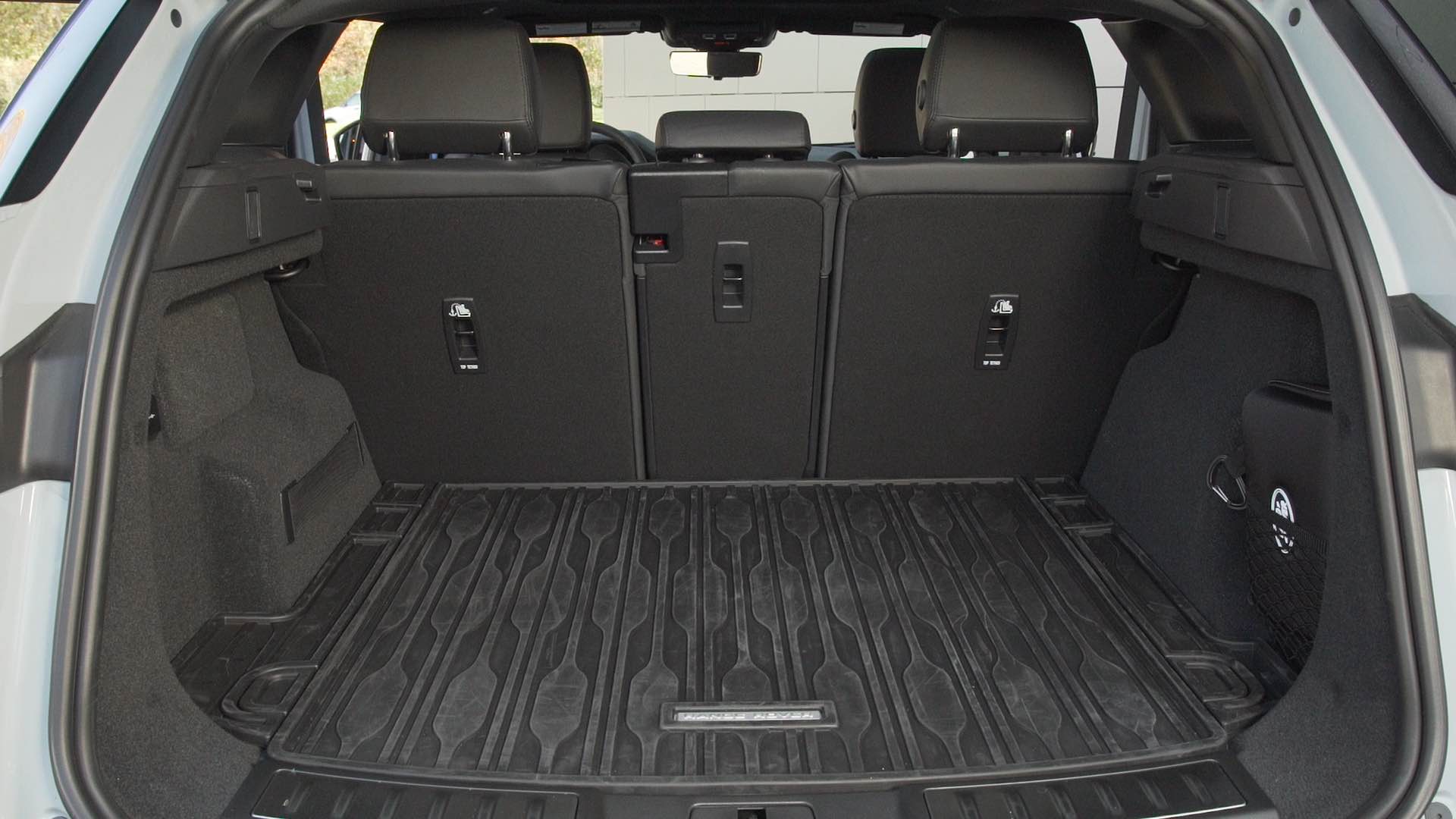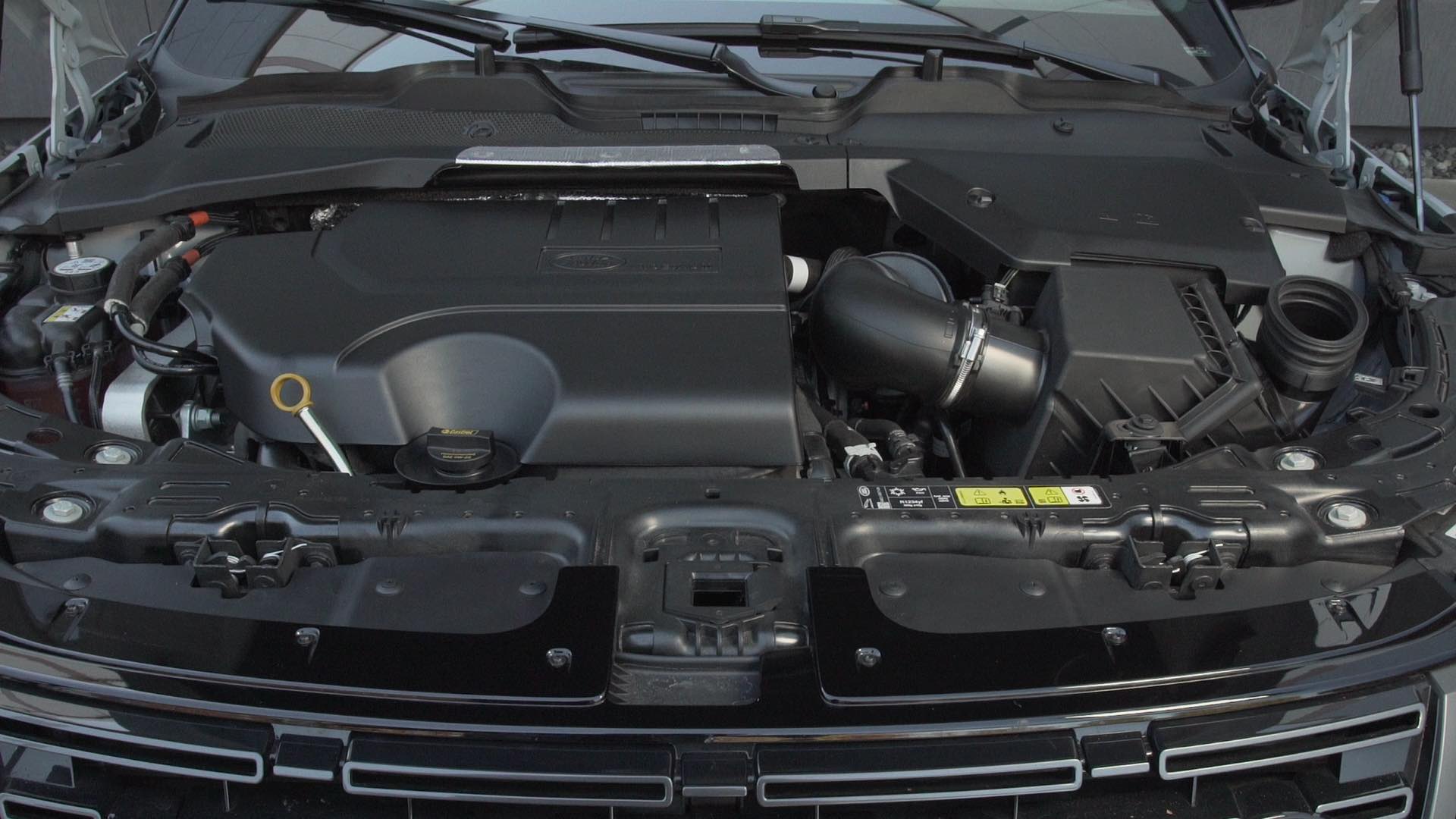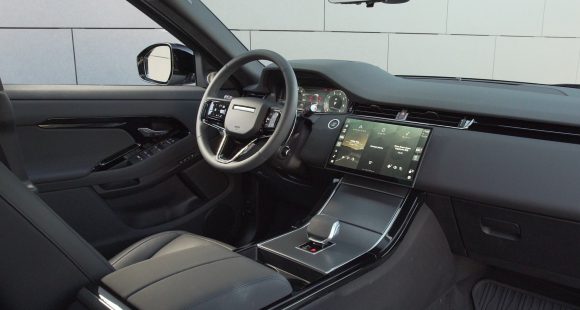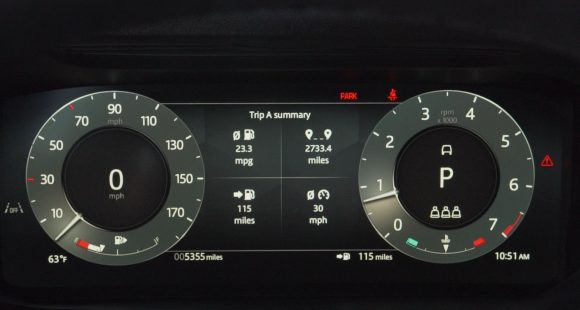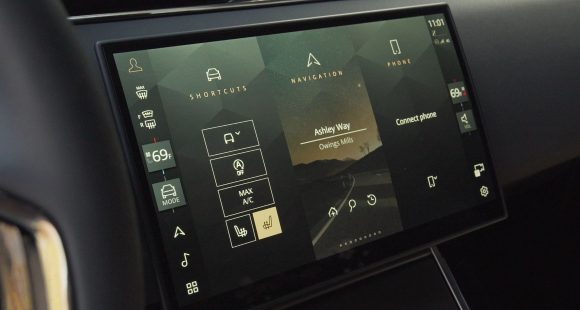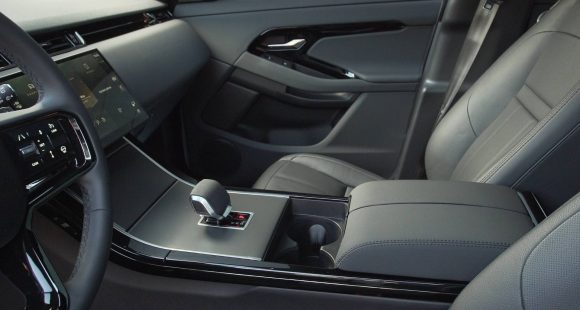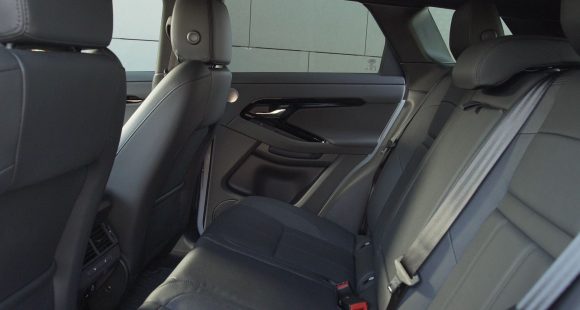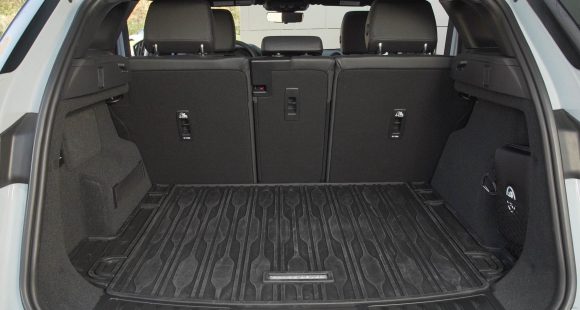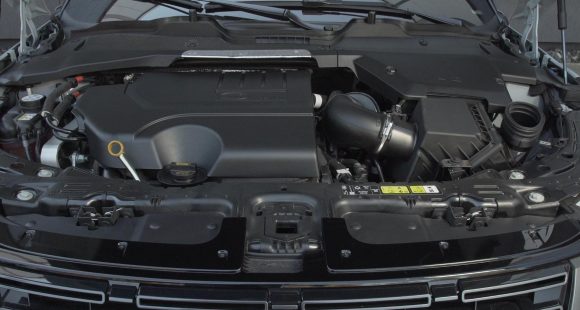2016 Cadillac CTS-V
No matter where your car company hails from, if you build a sport sedan, you’ll ultimately get compared to the companies that have done it the best, for the longest time: The Germans! BMW, Mercedes, and VW/Audi. Whether that’s fair or not, is a topic for another day. Because right now, we’ve got a home grown contender to put through its paces, the Cadillac CTS-V!
American carmakers have been trying to catch up, and one-up the German sport sedan concept for over half a century. Numerous times critics, including us, thought they got close. But, it took the 21st century Cadillac brand to really close the gap, with the 2016 CTS-V aiming to fill it for good.
The CTS-V is the original V “for Velocity” of course, but just about everything that makes it go fast now, comes from the Chevrolet Corvette; making this essentially a four-door Corvette with a nicer interior.
That kinship start naturally enough under the hood with the Z06’s glorious 6.2-liter chunk of supercharged aluminum with pushrods, producing 640-horsepower and 630 lb-ft. of torque. The M5 and E63 AMG don’t even come close.
This thing is clearly not some mild-mannered pretender. Just hearing it rumble at startup will put fear into you; floor it and its “oh my gosh” awesome power!
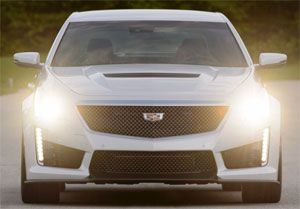 It is still built on the ATS platform, but significant structural bracing had to take place; and like some of us around here, has stiffer joints all around. Oh yeah, it’s race car rigid.
It is still built on the ATS platform, but significant structural bracing had to take place; and like some of us around here, has stiffer joints all around. Oh yeah, it’s race car rigid.
Just as in some front-wheel-drive transaxles that feature unequal half-shafts to prevent torque steer; a similar arrangement in the CTS-V’s rear, works to quell axle hopping on hard acceleration. The results are, according to the factory, a blistering 3.7-seconds to 60.
There are Brembo brakes obviously; and topping it off, GM stuffed as much rubber into the wheel wells as possible; 265/35/19 Michelin Pilot Super Sports in front, 295/30/19s in back.
We’ve said it many times before about V-Series cars; you really need to get them on a race track for full affect. Tooling to the winery on the weekend or even slicing up your local back roads in this CTS-V does not reveal the true story of how competent it is.
So we jumped at the change to try it out a Road America! Yep, this Caddy is one awesome track machine. Between Performance Traction Management and the power distributing electronic limited-slip differential, you have no trouble getting all 640 horses to the pavement with little concern about being out of control.
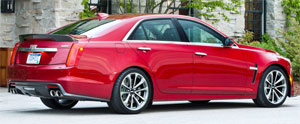 More power than the Germans, and better use of it than hotrods like Hellcats and Shelby’s. And that very linear power delivery also works well with the 8-speed automatic transmission that comes with all CTS-Vs.
More power than the Germans, and better use of it than hotrods like Hellcats and Shelby’s. And that very linear power delivery also works well with the 8-speed automatic transmission that comes with all CTS-Vs.
There’s plenty of mid-range muscle coming out of turns; with minimal weight transfer thanks to Magnetic Ride Control, even with a hefty 4,145-lbs. to manage. Brakes are all day long durable.
Driven hard it seems to move around on you a little, but it seems to catch itself and never get out of shape. You know there’s electronic intervention happening, but you still feel in total control.
There’s a more aggressive look to go along with all of that performance. Virtually every body panel is unique and purposefully designed to maximize downforce, minimize lift, or enhance cooling.
The air-extracting hood is made of carbon fiber as are the front splitter, rear diffuser, and spoiler if you opt for the carbon fiber package.
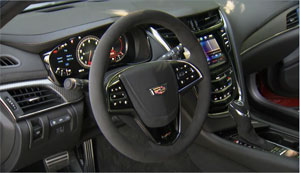 As for the interior, thankfully it does not appear like it was done on a shoestring budget; just an enhanced performance feel thanks to sueded materials, performance seats, Head Up display, and of course the Corvettes’ Performance Data Recorder.
As for the interior, thankfully it does not appear like it was done on a shoestring budget; just an enhanced performance feel thanks to sueded materials, performance seats, Head Up display, and of course the Corvettes’ Performance Data Recorder.
And perhaps most important of all, it doesn’t feel any less Cadillac when you’re driving sanely.
Government Fuel Economy Ratings are 14-City, 21-Highway, and 17-Combined. So there is a gas guzzler tax.
Base price is $85,990. And if that’s too much, don’t forget that this big V has a little brother ATS-V which packs almost as much performance for $61,460.
Now, we know that many sport sedan aficionados will never be convinced that a four-door designed anywhere but Germany is worth a second look. But, if you have an open mind, then you’ll see where we’re coming from when we say that hands down, the 2016 Cadillac CTS-V beats all comers in the traditional European sport sedan category in every way! And we’re just ecstatic to be along for the ride.
Specifications
- Engine: 6.2 liter
- Horsepower: 640
- Torque: 630 lb-ft.
- 0-60 mph: 3.7 seconds
- EPA: 14 mpg city / 21 mpg highway
2025 Land Rover Range Rover Evoque
Baby Rover Continues To Evolve
When most people hear “Range Rover” they tend to think of high class, high performance and high dollars. But, Range Rover does the entry-level thing quite well too with this Evoque. It has plenty of posh attitude, along with some recent updates. So, let’s see how the Evoque continues to evolved.
Our involvement with the Land Rover Range Rover Evoque’s evolution began when this small utility first arrived for 2012. It looked more Spice Girl than Tough Mudder, but it packed a surprising amount of capability into its subcompact dimensions. This second gen arrived for 2020, and has gained recent updates at the most likely midway point in its lifecycle.
Intrigued but not necessarily enthused could probably best describe our history with the Evoque, but Land Rover always has a way of drawing us in with very tasteful designs. They pretty much got this one right back in 2020, so styling revisions are largely limited to new Pixel LED headlights and a reshaped front fascia. There’s also new super-red signature lighting in back, all of it done to bring the Evoque more in line with the rest of the Range Rover family.
And like all of its siblings, all-wheel drive is standard and it does have Terrain Response 2 with specific off-road modes, but no one’s expecting to see a lot of Evoques out on the trail, unless there’s a new Lululemon Outlet at the other end of it having a killer sale.
Land Rover has once again taken the P300 296-horsepower version of the Evoque’s 2.0-liter turbo-four out of the lineup, leaving just the standard 249-horsepower version under the clamshell hood. No complaints from us, its 269 lb-ft of torque is more than adequate to move this 3,900 lb. ute around.
And at Mason Dixon Dragway, it moved us to 60 mph in 7.7 seconds. There was plenty of traction off the line, and while not overwhelming, power feels plentiful, staying very consistent down the track. Gearchanges in the Evoque’s nine-speed automatic transmission were quick and smooth, barely a blip in the process as we finished the quarter-mile in 16 seconds flat at 85 mph. Plenty quick for a compact utility with luxury intentions.
[It maneuvered] with a substantial presence that not too many small utilities have.
It felt quite good through our handling course too, with a substantial presence that not too many small utilities have. The Evoque uses selective braking to torque vector power between all four wheels, and it enabled us to cruise through the cones quickly without any excessive understeer or oversteer. There was some nosedive during our panic braking test, but the brakes were very responsive and strong enough to bring us to a halt in a short 115 feet from 60.
But, it’s the inside experience that really matters with any luxury vehicle, particularly in a Range Rover. And here things look more high-end Swedish than Tudor or Victorian, with a minimalist cabin design that’s way more visually appealing than practical. There’s real leather covering just about everything, and what appears to be just a tablet stuck in front of the dash is a new 11.4-inch touchscreen. Not only are the inner workings much faster than the previous infotainment setup, but the entire interface of this Pivi Pro system is vastly better than the split screen approach of before.
The center console that leads up to it appears much less cluttered and frees up some additional space for storage. The shifter is still here, but it has gotten much smaller. Front seat space and comfort remain high, though rear seat room is still very tight for adults. Cargo space is not bad for a small utility, with room for 21.6 cu-ft. of gear in the hold, which expands with 40/20/40 split-folding seatback flexibility to 50.5 cu-ft.
Government Fuel Economy Ratings are 20 City, 27 Highway, and 22 Combined. That’s an average Energy Impact Score, using 13.5 barrels of oil annually, with CO2 emissions of 6.6 tons.
Land Rover has been paring things down in the Evoque lineup for years, no longer offering a two-door version or the convertible, and now have simplified things even further to just the P250 available in only two trims: S, which stickers for $51,175, and Dynamic SE, which starts at $56,375; but you can add just about every package available and still come in right around $60,000.
Luxury-minded utility vehicles are coming at us from all angles these days, but the 2025 Land Rover Range Rover Evoque is a bit unique in that it remains as sort of a cheat code for sneaking you into the Range Rover VIP experience. You’ll feel like you’re getting away with something every time you drive it.
Specifications
As Tested
- Engine: 2.0-liter turbo-four
- Transmission: 9-speed automatic
- Horsepower: 249
- Torque: 269 lb-ft
- 0-60 mph: 7.7 seconds
- 1/4 Mile: 16 seconds at 85 mph
- Braking, 60-0 (avg): 115 feet
- EPA: 20 City | 27 Highway | 22 Combined







